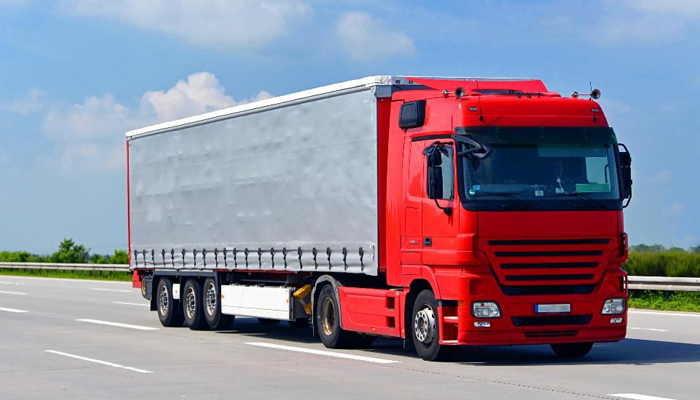- Advanced Batteries
- Commercial Electric Vehicles
- Greenhouse Gas Emissions
- Carbon Emissions
- smart cities
Electric Transport Beyond Cars: Why Aviation and Shipping Can't Be Ignored

Electrification of the automobile is now inevitable. By 2030, government vehicle fuel efficiency regulations and the continued development of advanced battery chemistries and manufacturing capacity will likely make EVs cheaper to purchase than gasoline-powered vehicles.
While these developments are promising, cars are just one piece of the greenhouse gas (GHG) transport puzzle. As Bill Gates recently noted in an article about the complexity of tackling climate change, cars account for less than half of transportation-related emissions. The majority of emissions come from other sources such as airplanes and cargo ships.
Norway Pioneering Alternative Vehicle Electrification
Leading the way in the
electrification of these other important (but often overlooked) sectors is the
same country with the highest EV market share in the world: Norway. According
to the International Energy Agency, EVs accounted for 39% of all light duty
vehicle (LDV) sales in Norway in 2017. Expanding its aggressive electrification
approach to the aviation industry, Norway wants to become the first country in
the world to transition to electric air transport, aiming for all short-haul flights to be 100% electric by 2040. Several major companies are
currently developing fully electric or hybrid electric planes, including
Boeing, Airbus, Siemens, and Zunum Aero.
Norway is also working to electrify the world of shipping. The battery-powered Future of the Fjords cruise ship is now operational and carries up to 400 passengers through Norway’s fjords. The ship is 42 meters long and is made of lightweight carbon-fiber composite to offset its heavy batteries (about 12,000 pounds worth). An automated and electric cargo ship is also being built in Norway by fertilizer company Yara International and Kongsberg (industrial group). The ship is expected to offset 40,000 truck journeys and 678 tons of CO2 emissions per year. Additionally, Norway is in the process of converting its entire ferry fleet to electric within the next 6 years.
Any Help Coming?
With range issues overcome and low energy and maintenance costs, EVs are likely to steadily become the leading powertrain in LDV transport by 2050 and in medium and heavy duty vehicle transport not long after. While this is a welcome development, the shipping and aviation industries have enormous GHG emissions impacts. These also need to be electrified if global climate targets stand a chance of being met. Norway is leading the charge, but other countries need to step up and join the effort.